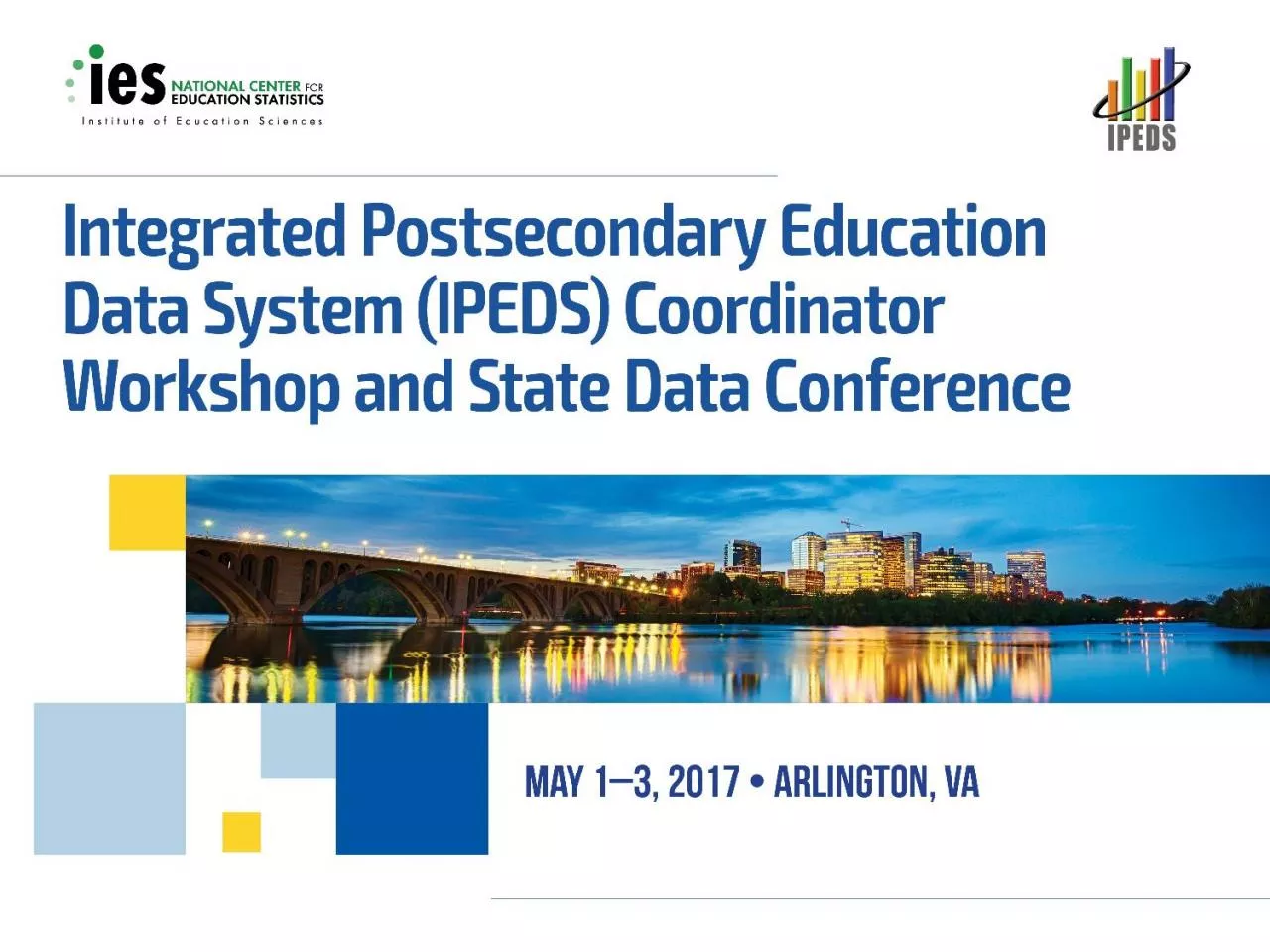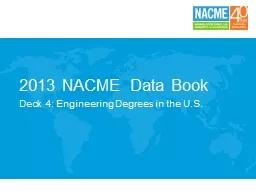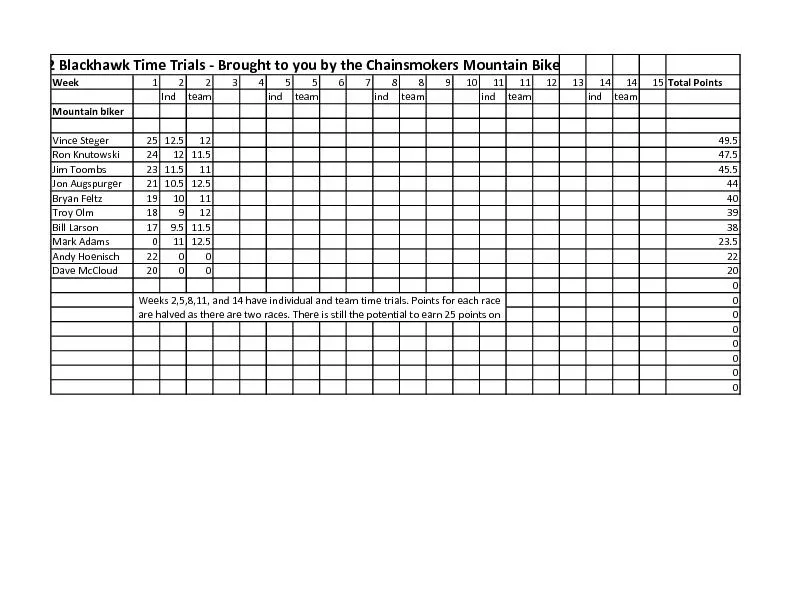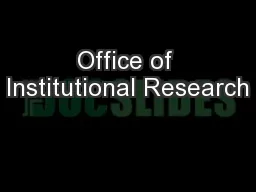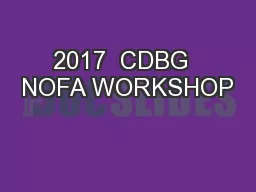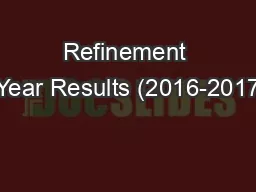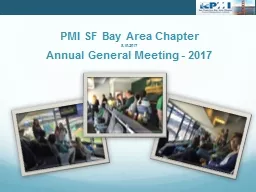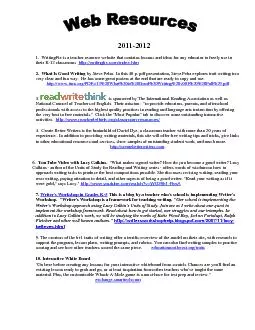PPT-IPEDS Workshop 2017 IPEDS Team
Author : ariel | Published Date : 2024-02-03
IPEDS Workshop Agenda IPEDS Team Notes from 201617 Data Collection 201718 Data Collection IPEDS Research amp Development Activities IPEDS Data Release and Publications
Presentation Embed Code
Download Presentation
Download Presentation The PPT/PDF document "IPEDS Workshop 2017 IPEDS Team" is the property of its rightful owner. Permission is granted to download and print the materials on this website for personal, non-commercial use only, and to display it on your personal computer provided you do not modify the materials and that you retain all copyright notices contained in the materials. By downloading content from our website, you accept the terms of this agreement.
IPEDS Workshop 2017 IPEDS Team: Transcript
Download Rules Of Document
"IPEDS Workshop 2017 IPEDS Team"The content belongs to its owner. You may download and print it for personal use, without modification, and keep all copyright notices. By downloading, you agree to these terms.
Related Documents

